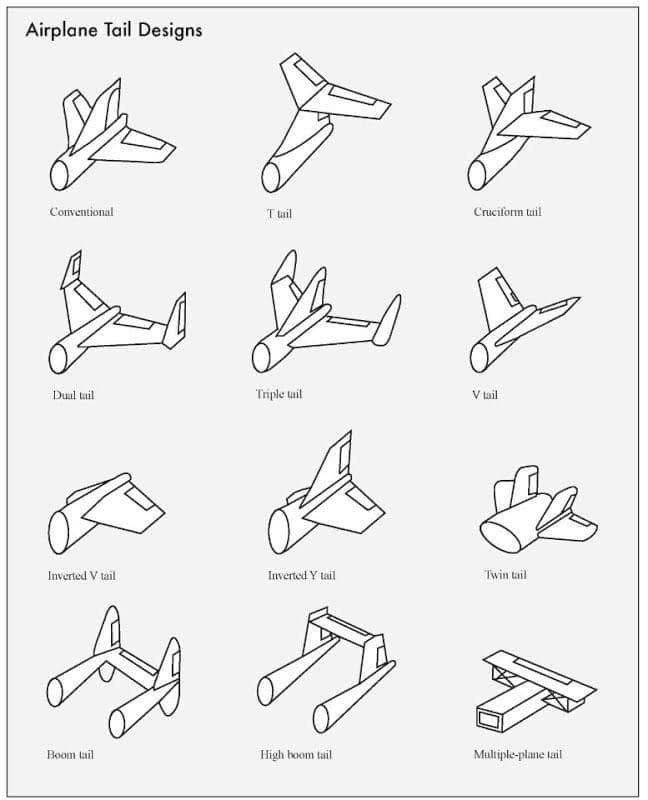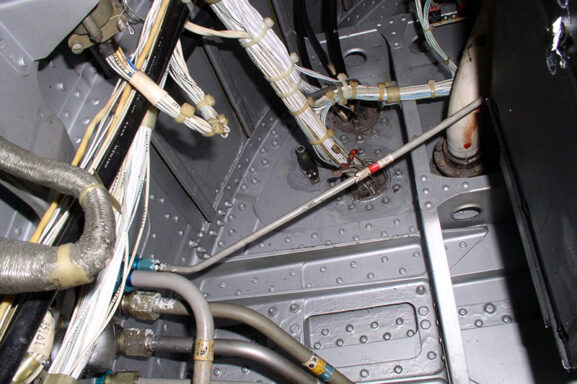Airplane Tail Design
- Conventional Tail– Standard design with a horizontal stabilizer and vertical fin.
- T-Tail– Horizontal stabilizer mounted on top of the vertical tail for better airflow.
- Cruciform Tail– A cross-shaped tail that balances aerodynamics and stability.
- Dual Tail– Two vertical stabilizers for improved yaw control.
- Triple Tail– Three vertical stabilizers, often seen on classic aircraft like the Lockheed Constellation.
- V-Tail– Uses two slanted stabilizers instead of a traditional tail to reduce drag.
- Inverted V-Tail– Similar to the V-tail but flipped downward for stability.
- Inverted Y-Tail– A mix of V-tail and conventional tail for better control.
- Twin Tail– Two vertical stabilizers placed on either side of the fuselage or engines.
- Boom Tail– Tail surfaces mounted on extended booms, often seen on drones and special aircraft.
- High Boom Tail– A twin-boom structure with an elevated stabilizer.
- Multiple-Plane Tail– A complex tail system used for enhanced stability and maneuverability.
Each design optimizes performance based on the aircraft’s role, whether for stability, maneuverability, or reduced drag.



